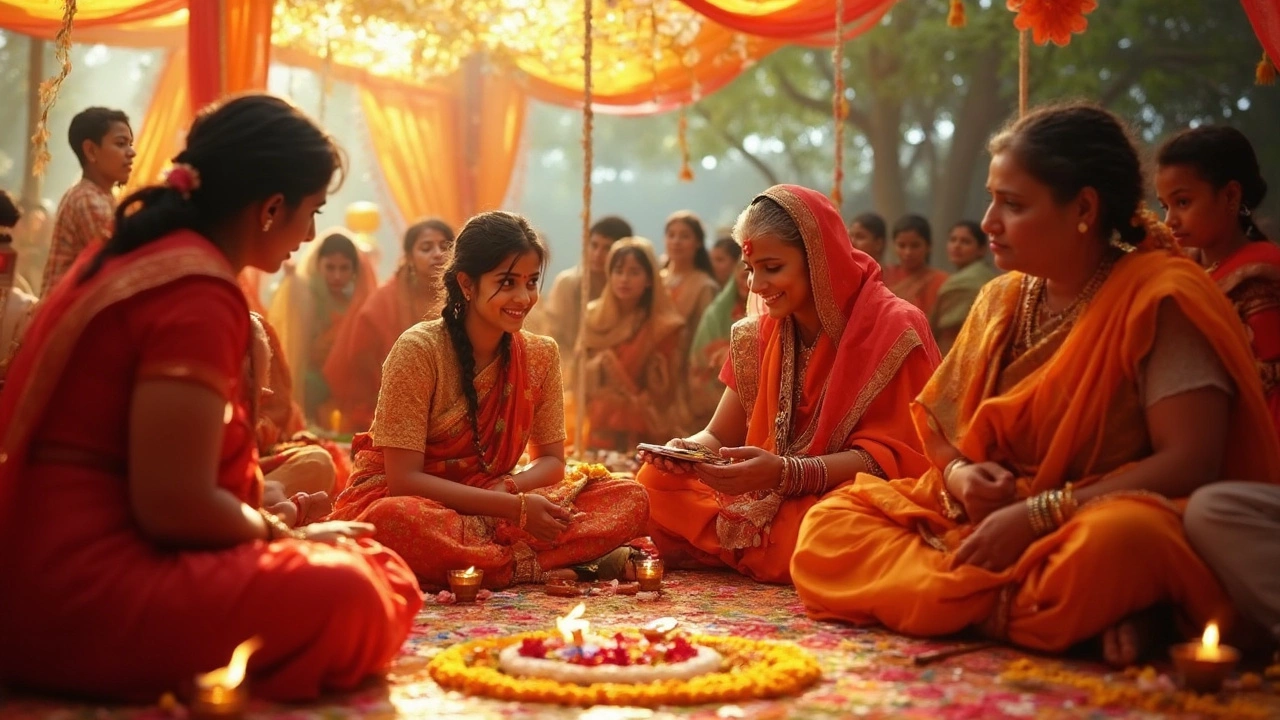Hindu Birthday Celebration: Traditions, Rituals, and Meaning
When you hear Hindu birthday celebration, a blend of prayer, family gatherings, and festive foods that mark a person's new year of life. Also known as Janma Din, it reflects both personal gratitude and community blessings.
One core component is puja, a short ritual where a priest or family elder lights a lamp, offers flowers, and chants mantras for the birthday person. The puja requires a clean space, a small altar, and often a picture or idol of a deity like Ganesha. Another essential element is the sharing of traditional sweets, such as ladoo, barfi, or jalebi, prepared or bought specially for the occasion. These sweets are not just treats; they symbolize the sweetness of life and the hope for a prosperous year ahead.
Key Elements of a Hindu Birthday
First, the date itself may be chosen with the help of astrology, a practice that checks the lunar calendar and the individual's birth chart to pick an auspicious day. When the timing aligns with a favorable nakshatra, families believe the celebration will bring extra luck. Second, the birthday ritual often starts with the tilak or a small mark on the forehead, followed by a quick ahuti—a fire offering. Third, after the puja, everyone gathers for a meal where the birthday person cuts a cake or a sweet dumpling, and guests present gifts that range from clothes to gold ornaments.
These steps create a clear semantic chain: Hindu birthday celebration encompasses puja, traditional sweets, and astrology; it requires a clean altar and a chosen auspicious date; and it influences family bonding and personal well‑being. By linking each element, the celebration becomes more than a party—it turns into a cultural affirmation of life’s cycle.
Family members also play specific roles. Parents typically oversee the puja, while elders may recite verses from the Vedas or Bhagavad Gita. Children often hand out sweets to neighbors, extending the goodwill beyond the home. This communal participation reinforces the idea that a birthday is both a private milestone and a public opportunity to share blessings.
Modern adaptations have appeared too. Some urban families stream the puja live for relatives abroad, and many use digital invitations instead of handwritten cards. Yet the core attributes—prayer, sweets, and auspicious timing—remain intact, showing how tradition can flex without losing its essence.
Understanding these layers helps you appreciate why certain foods, colors, or sounds appear every year. For example, the color yellow, worn in scarves or rangoli designs, symbolizes knowledge and the sun’s energy. The sound of a conch or bells during puja is believed to ward off negative thoughts and invite positive vibrations.
All these pieces blend into a cohesive whole that’s both spiritually meaningful and socially vibrant. Whether you’re planning your own birthday, attending a friend’s, or simply curious about the customs, recognizing the roles of puja, sweets, astrology, and family interaction gives you a richer picture of what the celebration truly offers.
Below you’ll find a curated list of articles that dive deeper into each of these aspects—practical how‑to guides, cultural background, and tips for modernizing the ritual while keeping its heart intact. Happy reading, and may your next Hindu birthday celebration be filled with joy, blessings, and plenty of ladoo!
